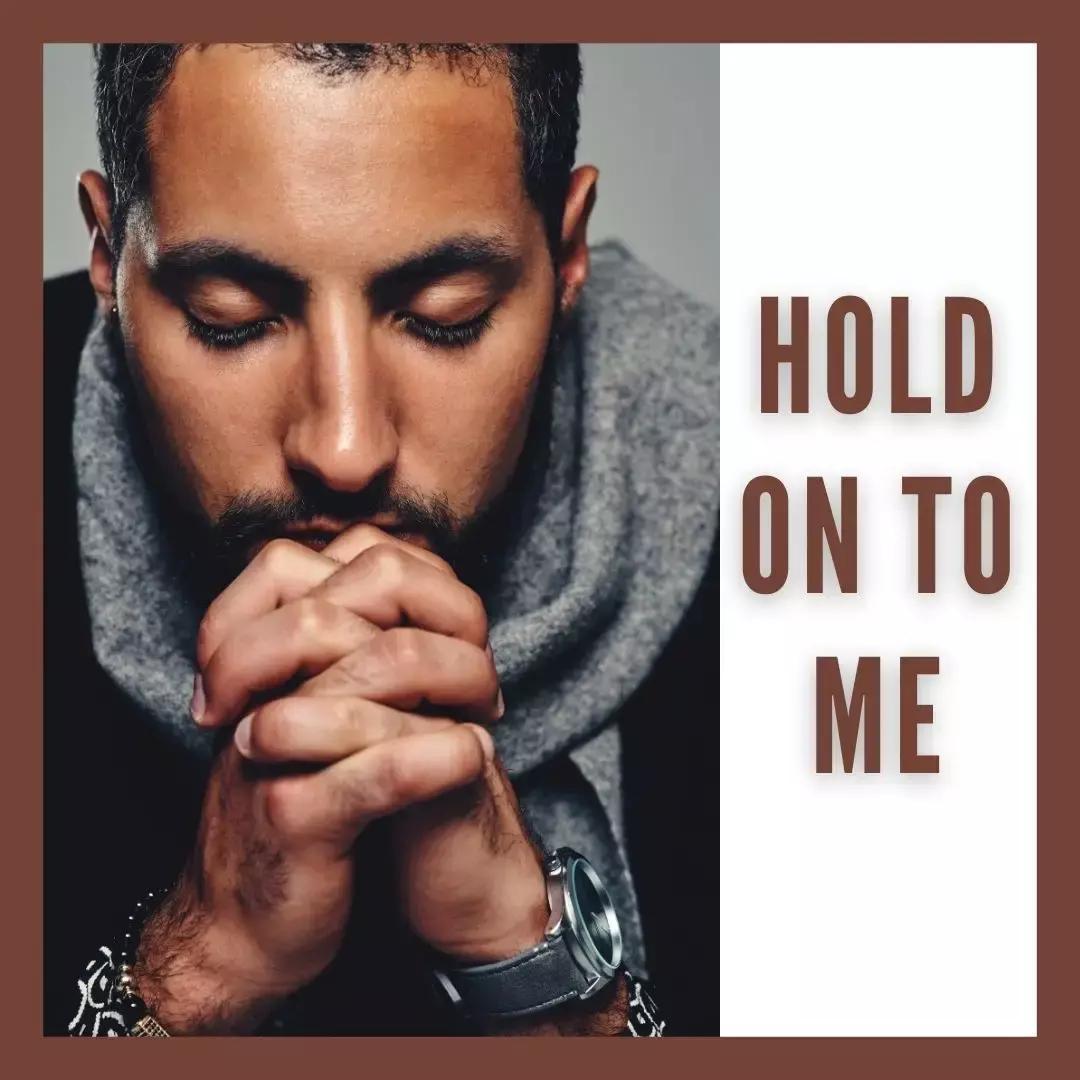


Fost er Yout h are Crying Out




Fost er Yout h are Crying Out
Like & Follow us


WHALERsCreation
@WHALERsCreation
@whalerscreation
whalerscreation
Volunteer -or- Work with us
Contributing Writers
Editors
Digital Marketers
Fund Developers
Photographers
Sales/ Marketing Reps
Circulation Mgr.
send resume to: admin@whalers-creation.us
Photos by: Michael, 16 year old
Grief isadeeplypersonal journey,onethat touches everyonedifferently.Whether it'sthelossof alovedone,a relationship,or achapter of life,theprocessof mourningis complexandoftenunpredictable.Inthisarticle,weexplore theemotional terrainof grief andthepathtohealing.The stagesof grief? denial,anger,bargaining,depression,and acceptance? areanatural responsetoloss.Eachstage reflectsdifferent emotional reactions,oftenexperiencedin noparticular order Theyhelpindividualsprocesstheir feelingsandeventuallyfindapathtohealing,though everyonenavigatesgrief intheir ownuniqueway
I thought I understoodthepainof childrenincarebeing separatedfromtheir lovedones,but I waswrong Losingmy husband,mybest friendandpartner,hasdeepenedmy understandingof what theyfeel.Foster youthexperiencegrief inmanyforms? pleaseshowthemloveandcompassionduring their journey.WHALER'sCreationisprovidingloveandsupport totheseamazingyoungpeoplefromcity-to-city,coast-to-coast, andnation-to-nation,our focusis:FAMILY: Foster Adopt Mentor Investingin Livesof Youth
Email:admin@whalers-creationus,or call: (702)235-5490
L a'ToriaK ern ExecutiveDirector/Publisher

The stages of grief, often referred to as the "Kubler-Ross model," describe the emotional response people experience when facing loss. While these stages may not occur in a linear order and can vary widely from person to person, they provide a framework to understand the complex feelings associated with grief.
1. Denial: In the face of loss, individuals may initially refuse to accept the reality of what has happened. Denial acts as a defense mechanism, allowing the person to process the shock in small, manageable pieces. It can feel as though the loss isn't real.
2. Anger: As reality sets in, feelings of frustration and helplessness can manifest as anger. The individual may direct this anger at themselves, others, or even the person or situation they?ve lost. It's a natural response to feeling out of control.
3. Bargaining: In this stage, individuals may try to make deals or promises, often with a higher power, in an attempt to reverse or delay the loss. They may have thoughts like, ?If only I had done this differently, maybe they would still be here.?


4. Depression: A deep sadness and despair typically follow. The individual might feel overwhelmed by the weight of their loss and struggle to find meaning or hope. Feelings of isolation, fatigue, and helplessness are common during this stage.
5. Accept ance: Eventually, many reach a point where they come to terms with the loss. Acceptance doesn't mean happiness or forgetting, but rather the ability to move forward, adjusting to life without what was lost, and finding a new sense of balance.
Grief is unique to each person, and these stages may look different depending on the individual and their situation




After enduring the profound loss of my husband, I?ve taken a long, necessary break to heal Now, as I prepare to return to work, I want to express my deepest gratitude This transition will be gradual because I?ve always kept my personal life private.
In the midst of this heartache, the outpouring of love and support from so many of you has been nothing short of overwhelming Your kindness has touched me deeply Thank you for the beautiful flowers, heartfelt cards, and the comforting dinners. Your support for my children and me, the daily prayers from my prayer angel, and the constant calls from cousins have been a lifeline. I also want to acknowledge the incredible kindness of my mail carrier, the UPSowner and staff who supported me before my flight to Wisconsin and upon my return, and my son?s best friends who?ve become like family Your love and support mean the world to us.
To my exceptional social workers, each of you holds a special place in my heart.
The list of those who have shown me kindness goes on and on Please know that I am profoundly thankful to have such wonderful people in my life Your compassion has been a beacon of light during this dark time
After the devastating loss of my husband, I took a needed, extended break to grieve and find my footing Now, as I embark on the slow journey back to work, I want to express my deepest, most heartfelt gratitude This transition will be gradual because, by nature, I keep my personal life away from the public eye.
The wave of love and support that has enveloped me has been nothing short of extraordinary. Words cannot fully capture how deeply moved I am From the bottom of my heart, thank you. Thank you for the beautiful flowers that brightened my darkest days, the heartfelt cards



Loney and Brian at church event



He is Fun, Silly,Funny, Lovable, Kind, Courageous, Sm art , Giving, Spirit ual, Support ive Focused Caring, Driven Don't w orry be happy kind of guy!


By Lisa Tauai
People tend to use intermittent fasting practices for religious reasons or to lose weight. There are a few intermittent fasting schedules most follow to include alternate day fasting, whole day fasting, or time-restricted feeding. Alternate day fasting involves alternate days of no restriction and days that provide about 25%of total calorie needs An example would be 5 days of normal eating and 2 days of fasting Whole day fasting involves 1-2 days per week of complete fasting and time-restricted feeding involves eating during a condensed time
An example of time-restricted feeding is eating between 8 AM and 2 PM and fasting between 2 PM and 8 AM. In a Harvard study conducted in 2017 that included 12 clinical trials and compared intermittent fasting to continuous calorie reduction diets, there was no significant weight loss or body composition differences between the two Additionally, there are some nutritional risks with intermittent fasting to include hypoglycemia episodes, binge eating after periods of fasting, inadequate energy intake if engaging in physical activity, and impact of medications that require food intake.
In my 27-year practice as a Registered Dietitian, I have seen a few people succeed on these diets, but most, unfortunately, cannot sustain their restrictive nature and often gain back the weight they initially lost My advice for everyone is to find a balanced, healthy way of eating that works best for you in meeting your goals. When
seeking this out, do your research using reputable resources and learn what works best for you over the long haul!
Retired Air Force Lieutenant Colonel, and Registered Dietitian and Ms. International 2024 Lisa Tauai
For more information on good nutrition for a lifetime, please explore https://www.eatright.org or https://www.myplate.gov. You can also visit Lisa's webpage at https://www.tauainutnugs.com. For questions about the Ms. International Pageant, visit https://www.msamericapageant.com.
Finally, if you have any questions for Lisa, please contact her at lisatauai@yahoo com or connect with her on Facebook at https://www.facebook.com/lisa.tauai or on Instagram at https://www instagram com/lisatauai/

Scott Simon
6-Minut e List en
There's a shortage of foster care families in the U.S.
NPR's Scott Simon speaks with Kevin Quint at the Nevada Division of Child and Family Services about how he trains potential foster parents.














Becoming a foster parent involves several steps, which may vary depending on your location Here are some general steps to become a foster parent:
1. Contact your local foster care agency: The first step is to get in touch with your local foster care agency You can find the agency in your area by searching online or contacting your state or county department of social services.
2 Attend an orientation session: Most agencies require prospective foster parents to attend an orientation session to learn about the foster care system, the needs of children in foster care, and the process of becoming a foster parent.
3 Complete the application process: After attending the orientation session, you will need to complete the application process, which includes background checks, home inspections, and training
4. Complete training: Foster parents are required to complete training before being licensed. The training covers topics such as child development, the impact of trauma on children, and how to work with birth families
5. Receive licensure: Once you have completed the application process and training, the agency will evaluate your application and decide whether to grant you a foster care license.

Centers for Disease Control International Adoption Health Guidance
U.S.Department of State Bureau of Consular Affairs Adoption Process
AdoptUSKids.org
Child Welfare information Gateway
Congressional Coalition on Adoption Institute (CCAI)
Adoptive Families Magazine
Adoptive Parents Committee
American Academy of Adoption Attorneys (AAAA)
Child Welfare League of America
The Center for Adoption Support and Education
Dave Thomas Foundation
Evan B.Donaldson Adoption Institute
International Social Services
National Adoption Center
National Council for Adoption (NCFA)
North American Council on Adoptable Children (NACAC)
Clark County authorities maintain that they still face a deficit of foster families ready to provide temporary care for children.
Allyson Manumaleuna, the county's foster care supervisor, emphasizes a specific demand for Black foster parents.
Manumaleuna explains, "Having homes within their own communities and neighborhoods can facilitate smoother transitions for these children. The need is evident. Currently, there are approximately four African-American foster homes available for every ten African-American children within the foster care system."
Lynne Jasame, a former foster travel all across Las Vegas advocating for more foster parents, especially African-American foster parents









